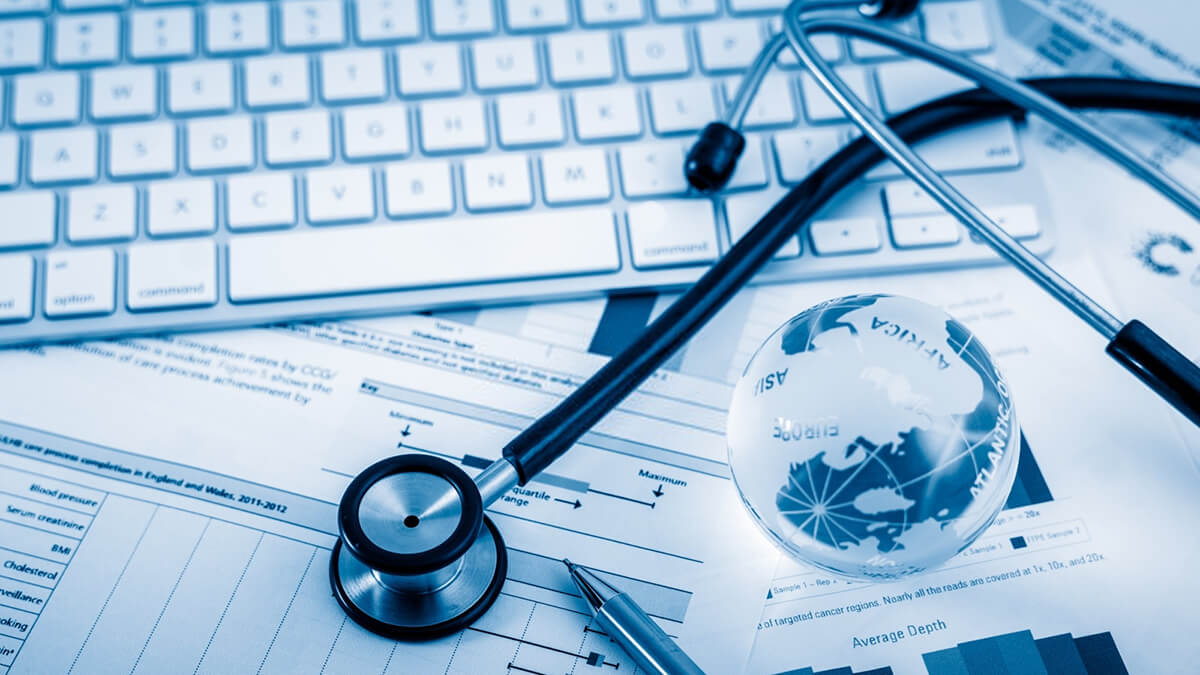A Full Guide to Medical Administration Certifications and Accreditations
A Full Guide to Medical Administration Certifications and Accreditations
Blog Article
Ideal Practices in Medical Administration for Improving Efficiency and Decreasing Expenses
In the ever-evolving landscape of healthcare, the quest of ideal methods in clinical management is extremely important for boosting performance and suppressing costs. By integrating sophisticated technologies such as electronic health and wellness documents and telemedicine, doctor can enhance procedures and boost individual treatment. Innovation alone is not a remedy; optimizing source appropriation and cultivating collective interaction amongst care teams are just as crucial. As companies aim to stabilize quality and price, what approaches should be prioritized to attain these twin objectives? The solution to these questions hold the key to a much more sustainable healthcare system.
Leveraging Advanced Innovation
In today's swiftly evolving health care landscape, leveraging innovative technology is no more optional yet crucial for effective clinical administration. The combination of digital options right into healthcare systems has actually transformed the means facilities operate, enhancing procedures and boosting patient treatment. Electronic Health Records (EHRs) are crucial, supplying thorough person information that can be accessed promptly by accredited personnel, thus decreasing redundancy and reducing errors. By systematizing individual details, EHRs eliminate the requirement for troublesome documents and help with smooth communication amongst healthcare carriers.
Telemedicine is another technological innovation that has actually changed patient communication. It provides convenience for both clients and healthcare experts by allowing remote appointments, which can reduce the demand for in-person check outs and maximize appointment organizing. Additionally, telehealth systems can prolong medical care access to rural or underserved locations, connecting voids in care delivery.
Furthermore, the use of Artificial Knowledge (AI) and maker learning is coming to be progressively common in predictive analytics, enabling early detection of potential wellness issues and even more educated decision-making. These technologies, when integrated efficiently, can improve analysis accuracy and individualize patient therapy plans, inevitably bring about boosted healthcare end results and functional effectiveness.
Optimizing Resource Allotment
Effective source allotment is vital for taking full advantage of the effectiveness of medical administration. By strategically managing resources such as employees, devices, and funds, health care facilities can dramatically improve their operational performance, boost person end results, and decrease unnecessary expenses. The initial action in enhancing resource allocation involves performing a thorough assessment of existing properties and determining locations where resources might be underutilized or exhausted. This analysis ought to be data-driven, utilizing metrics and analytics to notify decision-making processes.
Prioritizing source allotment based on patient requirements and service needs is necessary. Implementing flexible staffing designs can likewise enhance labor resources by readjusting employees allotment in action to changing client volumes.
Financial sources need to be thoroughly kept track of and designated with strategic insight to support both short-term functional needs and long-lasting institutional objectives. This includes investing in training programs that boost staff expertises and taking on energy-efficient techniques that lower operational costs (medical administration). Ultimately, a maximized source allowance technique cultivates a sustainable healthcare atmosphere that is receptive, effective, and economically prudent
Streamlining Workflow Procedures
When health care centers aim to boost functional performance, improving operations processes ends up being a critical emphasis. Effective operations minimize redundancy, get rid of unneeded actions, and boost control amongst medical care professionals. This strategy not only speeds up service shipment yet also boosts the quality of patient care.

Next, modern technology integration plays a significant role in enhancing operations. Carrying out digital health records (EHRs) and electronic medical professional order entry (CPOE) systems minimizes documents, decreases human mistake, and makes certain web link info comes to all appropriate workers. Furthermore, leveraging telemedicine systems can simplify individual appointments and follow-ups, reducing the strain on physical infrastructure.

Eventually, structured process result in set you back decreases and enhanced patient fulfillment, cultivating a more lasting health care atmosphere.
Enhancing Information Monitoring
Building upon structured process, optimizing information administration ends up being a vital part ahead of time medical care administration. Effective data management systems are important for preserving accurate individual records, improving decision-making, and ensuring conformity with regulatory Homepage requirements. By implementing robust data administration services, health care facilities can enhance the top quality of individual treatment while all at once reducing functional costs.
One key facet of improving information management is the assimilation of advanced digital wellness document (EHR) systems. These systems help with the smooth exchange of individual info throughout various divisions, lowering replication of tests and lessening errors. A well-designed EHR system supports information analytics, making it possible for doctor to identify trends and make informed decisions concerning individual treatment.
Moreover, securing person data is critical. Adopting comprehensive cybersecurity measures, consisting of file encryption and regular audits, makes certain the integrity and privacy of delicate information. This not only secures patients but also maintains the institution's reputation.
Investing in personnel training is another crucial variable. Informing health care specialists on data monitoring practices improves their ability to successfully use innovation, resulting in improved patient results. In conclusion, improving data administration through innovative innovation and comprehensive training is important for attaining performance and expense reduction in clinical administration.
Fostering Collaborative Interaction
A vital component in progressing medical management is promoting joint interaction among health care experts. Reliable communication is paramount for making sure seamless person treatment, enhancing therapy results, and minimizing mistakes. By encouraging open dialogue and coordination across multidisciplinary groups, medical care organizations can improve their operational performance and minimize unneeded costs.
Central to this technique is the assimilation of interaction innovations such as electronic health documents (EHRs) and safe messaging platforms, which help with the fast exchange of crucial client info. These devices allow health care service hop over to these guys providers to access and share information in actual time, making certain that all staff member are informed and aligned in their decision-making procedures. Regular team meetings and interdisciplinary rounds can additionally advertise a culture of partnership and accountability.
Educating programs focused on boosting communication abilities are also crucial. Inevitably, promoting collaborative interaction leads to enhanced health care shipment and price savings.

Verdict
Including innovative modern technology, such as digital wellness records and telemedicine, along with optimized resource allocation and structured process procedures, is important for enhancing efficiency in clinical administration. Reliable data administration and fostering collective interaction among healthcare groups are vital for decreasing redundancies and improving treatment quality. By focusing on preventive care and involving in high quality renovation initiatives, health care companies can attain considerable expense savings and enhanced patient end results, consequently making sure lasting medical care distribution in a significantly complex environment.
Report this page